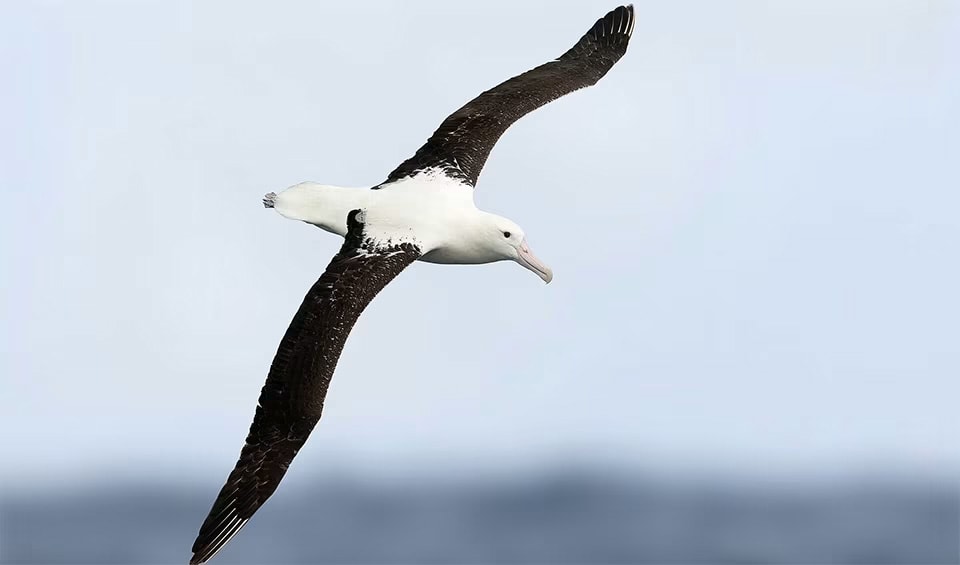The royal albatross, with its majestic wingspan and regal demeanor, is a true icon of the Southern Ocean. These magnificent seabirds are renowned for their lifelong monogamous partnerships, demonstrating unwavering loyalty and dedication to their mates. Together, they work tirelessly to raise their chicks, providing them with the care and guidance they need to thrive in the harsh marine environment.
The breeding cycle of royal albatrosses is a testament to their commitment to family life. After carefully selecting a suitable nesting site on remote islands or coastal cliffs, the pair constructs a nest and takes turns incubating the egg until it hatches. Once the chick emerges, both parents participate in feeding and caring for it, ensuring that it receives the nourishment and protection it needs to grow and develop.
For royal albatross chicks, life is indeed privileged compared to many other bird species. With attentive parents who have honed their parenting skills over years of experience, these chicks receive the best possible start in life. From learning to regulate their body temperature to mastering the art of flight, they are guided every step of the way by their devoted parents.
Royal albatrosses are true wanderers of the sea, spending the majority of their lives soaring effortlessly over the open ocean. Their extensive travels take them across vast distances, with the wind serving as their constant companion and ally. While the initial effort required for takeoff may be substantial, once airborne, these birds rely on the wind to carry them on their journey, conserving energy and allowing them to cover immense distances with minimal effort.
Distribution
 Antarctica
Antarctica Argentina
Argentina Australia
Australia Bouvet Island
Bouvet Island Brazil
Brazil Chile
Chile Falkland Islands
Falkland Islands French Southern T.
French Southern T. Heard & McDonald
Heard & McDonald New Caledonia
New Caledonia New Zealand
New Zealand Saint Helena
Saint Helena South Africa
South Africa South Georgia
South Georgia Uruguay
UruguayAnything we've missed?
Help us improve this page by suggesting edits. Glory never dies!
Suggest an editGet to know me
Terrestrial / Aquatic
Altricial / Precocial
Polygamous / Monogamous
Dimorphic (size) / Monomorphic
Active: Diurnal / Nocturnal
Social behavior: Solitary / Pack / Herd / Colony
Diet: Carnivore / Herbivore / Omnivore / Piscivorous / Insectivore
Migratory: Yes / No
Domesticated: Yes / No
Dangerous: Yes / No




